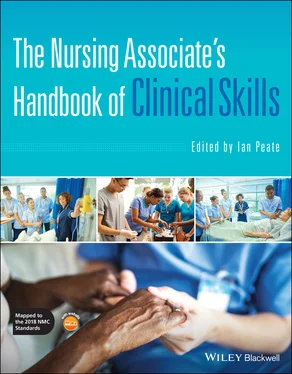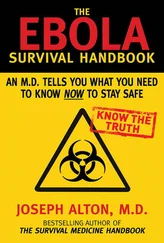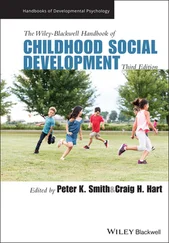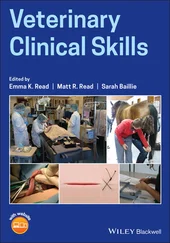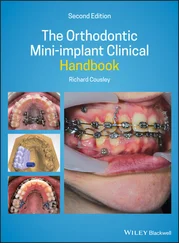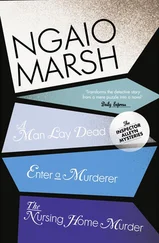The Nursing Associate's Handbook of Clinical Skills
Здесь есть возможность читать онлайн «The Nursing Associate's Handbook of Clinical Skills» — ознакомительный отрывок электронной книги совершенно бесплатно, а после прочтения отрывка купить полную версию. В некоторых случаях можно слушать аудио, скачать через торрент в формате fb2 и присутствует краткое содержание. Жанр: unrecognised, на английском языке. Описание произведения, (предисловие) а так же отзывы посетителей доступны на портале библиотеки ЛибКат.
- Название:The Nursing Associate's Handbook of Clinical Skills
- Автор:
- Жанр:
- Год:неизвестен
- ISBN:нет данных
- Рейтинг книги:4 / 5. Голосов: 1
-
Избранное:Добавить в избранное
- Отзывы:
-
Ваша оценка:
- 80
- 1
- 2
- 3
- 4
- 5
The Nursing Associate's Handbook of Clinical Skills: краткое содержание, описание и аннотация
Предлагаем к чтению аннотацию, описание, краткое содержание или предисловие (зависит от того, что написал сам автор книги «The Nursing Associate's Handbook of Clinical Skills»). Если вы не нашли необходимую информацию о книге — напишите в комментариях, мы постараемся отыскать её.
The Nursing Associate’s Handbook of Clinical Skills
The Nursing Associate’s Handbook of Clinical Skills
The Nursing Associate's Handbook of Clinical Skills — читать онлайн ознакомительный отрывок
Ниже представлен текст книги, разбитый по страницам. Система сохранения места последней прочитанной страницы, позволяет с удобством читать онлайн бесплатно книгу «The Nursing Associate's Handbook of Clinical Skills», без необходимости каждый раз заново искать на чём Вы остановились. Поставьте закладку, и сможете в любой момент перейти на страницу, на которой закончили чтение.
Интервал:
Закладка:
Test Yourself Multiple Choice Questions
1 The Nursing and Midwifery Council (NMC) standards of proficiency for nursing associates were published in:1993201820102008
2 The key elements of a therapeutic relationship can be described as:Respect for the personReceptivity which involves good listening skillsEmpathy and self‐awareness of one’s own skills and limitationsAll of the above
3 The Dignity Challenge Framework (Health and Social Care Advisory Service 2010) identifies respect as:‘Allowing people to freely access health care’‘The provision of free prescriptions to minority groups’‘The need to support people with the same respect you would want for yourself or a member of your family’‘The need to allow freedom of speech and reciprocity of care’
4 In 1961, Carl Rogers described respect in terms of unconditional positive regard:TrueFalse
5 The Code (NMC) was updated in:2003200820002018
Introduction
Engaging in nursing implies that you have a commitment to caring for your patients and clients and to caring for yourself and that you possess a wider desire to care for the well‐being of others and communities. Caring cannot exist without the sharing of information and feelings, and the very close relationship between the nursing associate and their patient is no different. To establish this close relationship requires that the nursing associate be able to confidently display interpersonal and relationship skills in all aspects of care. The Nursing and Midwifery Council (NMC) (2018a) standards state that ‘The ability to communicate effectively, with sensitivity and compassion, and to manage relationships with people is central to the provision of high‐quality person‐centred care’.
A therapeutic relationship has been defined as one which is perceived by patients to be caring, supportive, non‐judgemental and to offer a perception of safety from threatening events. The key elements of a therapeutic relationship can be described as respect for the person, receptivity which involves good listening skills, empathy and self‐awareness of one’s own skills and limitations. Figure 3.1demonstrates the varied aspects of what is considered to encompass the therapeutic relationship.
Touch Point
The key elements of a therapeutic relationship can be described as respect for the person, receptivity which involves good listening skills, empathy and self‐awareness of one’s own skills and limitations.
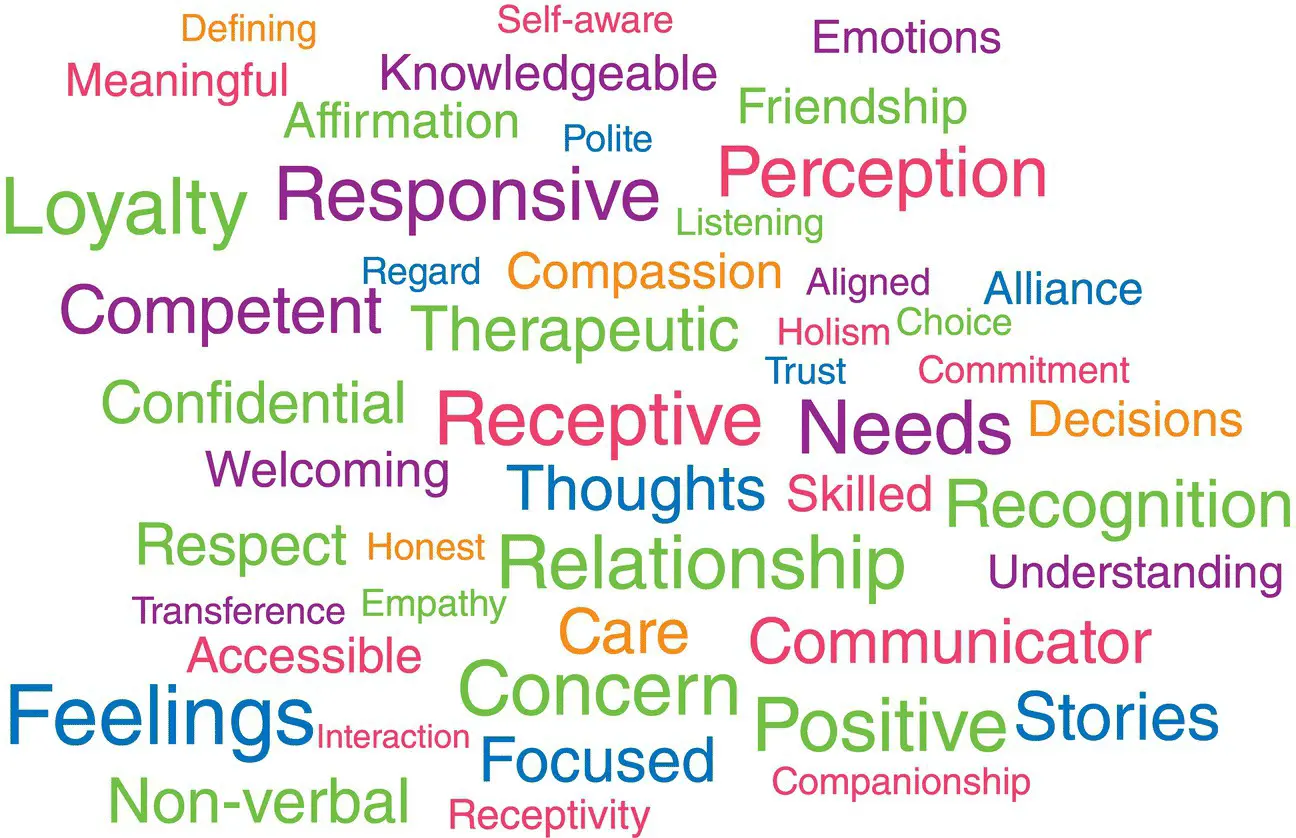
Figure 3.1 Aspects of the therapeutic relationship.
Once deemed to be a dangerous bond, therapeutic relationships between patients and nurses are now encouraged in order to provide the best support and care within the practice setting. Over the years, several nurse theorists have supported the idea of a nurse–patient relationship. As early as, Hildegard Peplau (1952) asserted that the nurse–patient relationship is the foundation of nursing practice. The experience of caring and being cared for creates a human dynamic where both parties encounter personal growth through that experience. She highlighted what she termed ‘character roles’ of the nurse, including the nurse as a resource, interpreting information and answering questions; the nurse as a technical expert, providing expert physical care through clinical skills and the nurse as a teacher, nurturing, understanding and providing instruction. Travellbee (1966) used the phrase ‘therapeutic use of self’ where the purpose of nursing is to establish human‐to‐human relationships. Watson (1979) asserted that therapeutic relationships are two‐way reciprocal relationships, where each grows and learns from the other.
Nursing associate proficiencies and platforms of NMC (2018a) state:
The ability to communicate effectively, with sensitivity and compassion, and to manage relationships with people is central to the provision of high‐quality person‐centred care. These competencies must be demonstrated in practice settings and adapted to meet the needs of people across their lifespan .
Annex A is an overarching proficiency necessary to be achieved in all six platforms of the proficiencies.
Blue Flag Relationships
 Case study
Case study
A woman visits the local centre of excellence for cancer treatment. In the outpatient department, she sees the same nursing team when she visits for regular chemotherapy treatment.
‘ All of the staff are warm and welcoming; they want to make you feel the best you can in a difficult situation. One staff member “goes the extra mile” if you know what I mean. I really like her; she makes me feel happy to see her, she listens intently and recognises when I am extra anxious. Once she took time out to introduce me to a volunteer makeup and style therapist, I had told her that I was anxious about an upcoming family wedding. She is knowledgeable and highly skilled in her work but is honest enough to say if she is unsure of anything that I ask’ .
At this point, you might want to take a step sideways and reflect on what aspects you would want to see in a healthcare worker who is supporting you through a vulnerable health episode. Perhaps, many of the aspects highlighted in Figure 3.1would have come into your mind: a sense of caring, a genuine interest in you, someone who is respectful and communicates well, someone who makes you feel like an individual and someone who feels that the time with you is as important as anything else that might be going on. Similar skills occur in several human relationships, for example, mentor–mentee, teacher–learner, doctor–patient and so on.
Green Flag Standards of proficiency for nursing associates, NMC
 Communication and relationship management skills
Communication and relationship management skills
At the point of registration, the nursing associate will be able to:
Identify the need for and use appropriate approaches to develop therapeutic relationships with people
A therapeutic nurse–patient relationship can be defined as a helping, nurturing and sensitive interaction, considering the individual’s physical, emotional, mental, social, sexual and societal needs.
Take Note
 Caring cannot exist without the sharing of information and feelings, and the very close relationship between the nursing associates and their patient is no different. To establish this close relationship requires that the nursing associate be able to confidently display interpersonal and relationship skills in all aspects of care.
Caring cannot exist without the sharing of information and feelings, and the very close relationship between the nursing associates and their patient is no different. To establish this close relationship requires that the nursing associate be able to confidently display interpersonal and relationship skills in all aspects of care.
The key components of a therapeutic relationship are unique, never time dependant (a brief meeting, or a relationship that extends through time) and are centred around the patient to support and enhance healing and functioning, what Peplau in 1991 described as ‘professional closeness’. These components include the following:
Respect
The Dignity Challenge Framework (Health and Social Care Information Centre 2010) identifies respect as ‘ the need to support people with the same respect you would want for yourself or a member of your family’ . Respect implies a recognition of the individual as they are, engaging in an open and non‐judgemental attitude to those in your care.
Читать дальшеИнтервал:
Закладка:
Похожие книги на «The Nursing Associate's Handbook of Clinical Skills»
Представляем Вашему вниманию похожие книги на «The Nursing Associate's Handbook of Clinical Skills» списком для выбора. Мы отобрали схожую по названию и смыслу литературу в надежде предоставить читателям больше вариантов отыскать новые, интересные, ещё непрочитанные произведения.
Обсуждение, отзывы о книге «The Nursing Associate's Handbook of Clinical Skills» и просто собственные мнения читателей. Оставьте ваши комментарии, напишите, что Вы думаете о произведении, его смысле или главных героях. Укажите что конкретно понравилось, а что нет, и почему Вы так считаете.
